If you’ve ever spent hours reviewing vocabulary flashcards only to forget most of the words the next day, you’re not alone. Rote memorization can often feel tedious and ineffective, leaving learners unmotivated. That’s where language learning games come in—combining the best of storytelling, interactivity, and educational design to create experiences that are both engaging and academically beneficial. In this article, we’ll explore how immersive, game-based learning can supercharge vocabulary acquisition and retention, and how Odeum’s approach helps students learn faster while having fun.
The Power of Interactive Learning
Language learning games leverage the idea that people learn best when they’re actively involved in the process. Traditional teaching methods rely heavily on textbooks and lectures, but interactive games place students in real-life (or simulated) contexts. This hands-on approach is rooted in experiential learning principles, championed by education theorists like James Paul Gee, who believe that “learning by doing” drives deeper understanding.
Why Games Boost Vocabulary Retention
- Contextual Learning: When new words appear in the context of a storyline or quest, they stick better than if you simply memorize a list.
- Immediate Feedback: Games provide instant rewards or corrections, reinforcing the right usage of words and phrases.
- Emotional Engagement: Emotional investment in a story boosts motivation, making vocabulary practice feel like an exciting challenge rather than a chore.
Odeum’s Approach to Language Learning Games
At Odeum, we specialize in creating immersive learning experiences that transform education into an adventure. Our role-playing games for education place learners in engaging narratives where every task, puzzle, and quest has a purpose tied to language and cultural exploration.
Key Elements of Odeum’s Language Learning Games
- Story-Driven Quests: Students must use new vocabulary to solve problems or help Non-Player Characters (NPCs).
- Adaptive Challenges: Our games adjust difficulty based on the learner’s performance, ensuring consistent growth and preventing frustration.
- Cultural Immersion: Beyond just words, learners gain insight into the cultural nuances of the target language, enhancing both linguistic and global awareness.
Example: “Hua Mulan: A Chinese Learning Adventure”
A standout example of Odeum’s expertise in language learning games is “Hua Mulan: A Chinese Learning Adventure.” Set in ancient China, this interactive RPG combines history, mythology, and language learning. Players embark on missions where they must use Chinese vocabulary in practical, story-driven tasks.
- Real-World Vocabulary: Instead of memorizing random lists, you’ll learn Chinese phrases necessary to navigate and converse with villagers and historical figures.
- Immediate Context: Words and expressions are introduced right when you need them to solve puzzles or progress the storyline, making each piece of vocabulary memorable.
- Cultural Exploration: You don’t just learn words; you also get a taste of ancient Chinese customs, locations, and social norms, turning each lesson into a cultural deep-dive.
How Vocabulary Improves Through Immersion
1. Engaging All Senses
When playing educational video games, learners use sight, sound, and even emotional responses to interpret and remember new words. This multisensory engagement cements vocabulary in a way static text can’t match.
2. Emotional Connection
Studies show that when learners feel emotionally invested, they retain information longer. In a thrilling RPG storyline, each new word is tied to a mission or challenge, creating a natural incentive to remember.
3. Practice Through Repetition
Games offer countless opportunities for repetition without feeling monotonous. Replaying quests, interacting with NPCs, or revisiting earlier levels for extra practice can reinforce new vocabulary in a fun, low-pressure environment.
Personalized Learning for Every Level
One of the standout benefits of Odeum Studio—our EdTech tool for educators—is how easily lessons can be customized. Educators can tailor difficulty levels, vocabulary sets, and even entire quests to match the proficiency of their students. This personalized learning approach ensures that each student remains in their optimal learning zone, neither bored by overly simple tasks nor overwhelmed by complex challenges.
- Targeted Vocabulary Lists: Choose thematic word lists (e.g., travel, food, or daily life) to fit your course objectives.
- Tracking and Analytics: Monitor student progress to see which words they’ve mastered and where they need extra support.
- Inclusive Design: Our platform makes it easy to accommodate different learning styles and accessibility needs, ensuring all students can participate fully.
Tying It All Back to Real-World Success
Language learning games aren’t just a novelty; they directly impact real-world language usage. Learners who have built a strong vocabulary in a game environment often find it easier to speak, write, and understand the language in everyday settings. The practical problem-solving scenarios in these games mirror real-life conversations more closely than rote memorization exercises ever could.
Bridging Classroom and Beyond
For educators, integrating game-based learning benefits can revitalize lesson plans and significantly boost student engagement. Parents looking to supplement at-home learning will find that these immersive games transform screen time into a productive, educational activity. Meanwhile, EdTech professionals recognize the potential for digital learning tools like Odeum’s to revolutionize language education on a broader scale.
Ready to Boost Your Vocabulary?
Whether you’re a teacher aiming to spice up your curriculum or a parent seeking interactive ways to help your child learn, Odeum’s language learning games can be a game-changer—literally. With immersive narratives, practical challenges, and adaptive learning features, we believe this is the future of language education.
- Try “Hua Mulan: A Chinese Learning Adventure” on Steam or visit our Odeum website to learn how it can enrich your language-learning journey.
- Explore Odeum Studio to create or customize your own educational RPG experiences—no coding required!
- Stay Connected: Sign up for our newsletter to get the latest insights on experiential learning, new game releases, and tips on maximizing student engagement.
Dive into the world of language learning games and discover a new way to master vocabulary—one quest at a time!
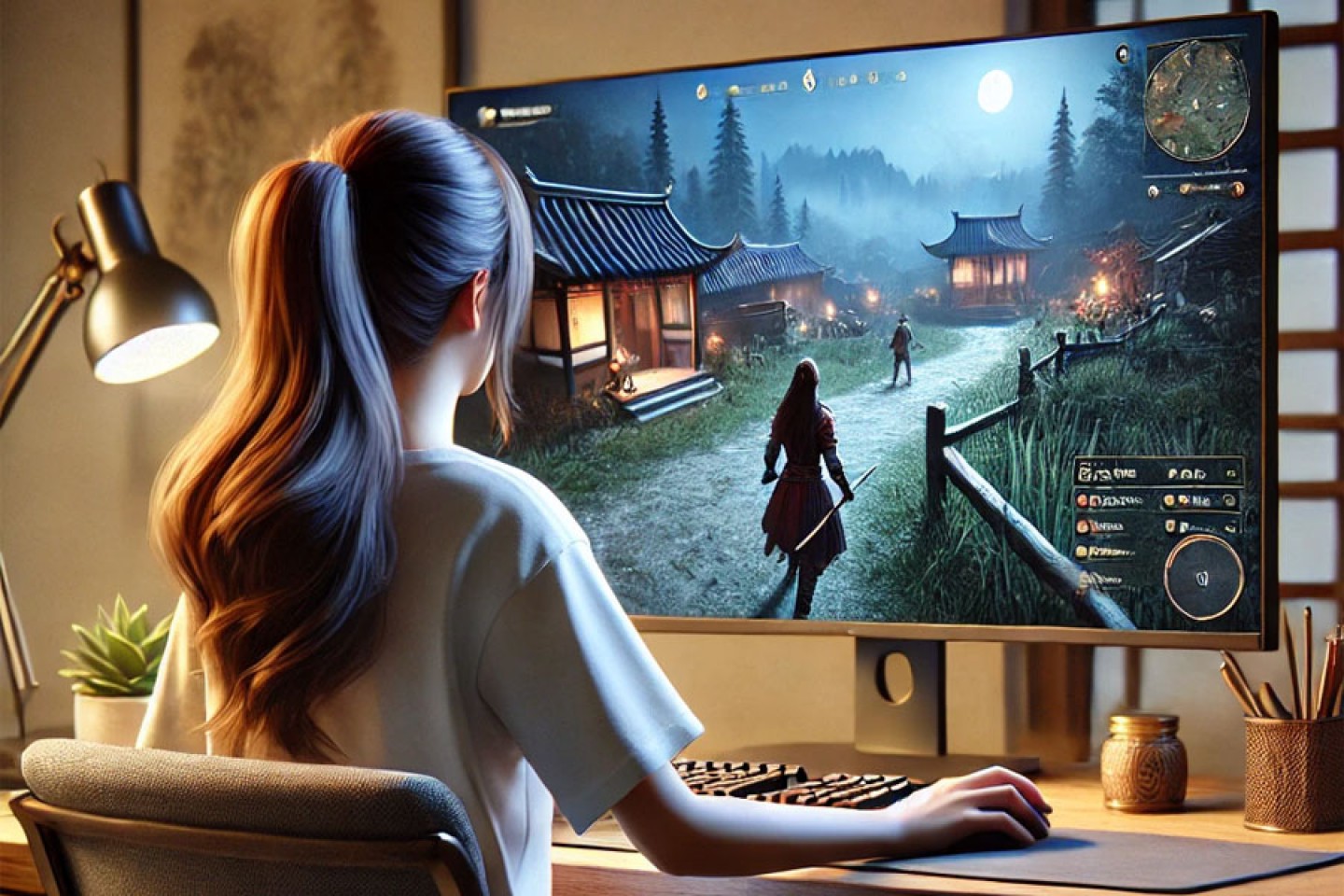
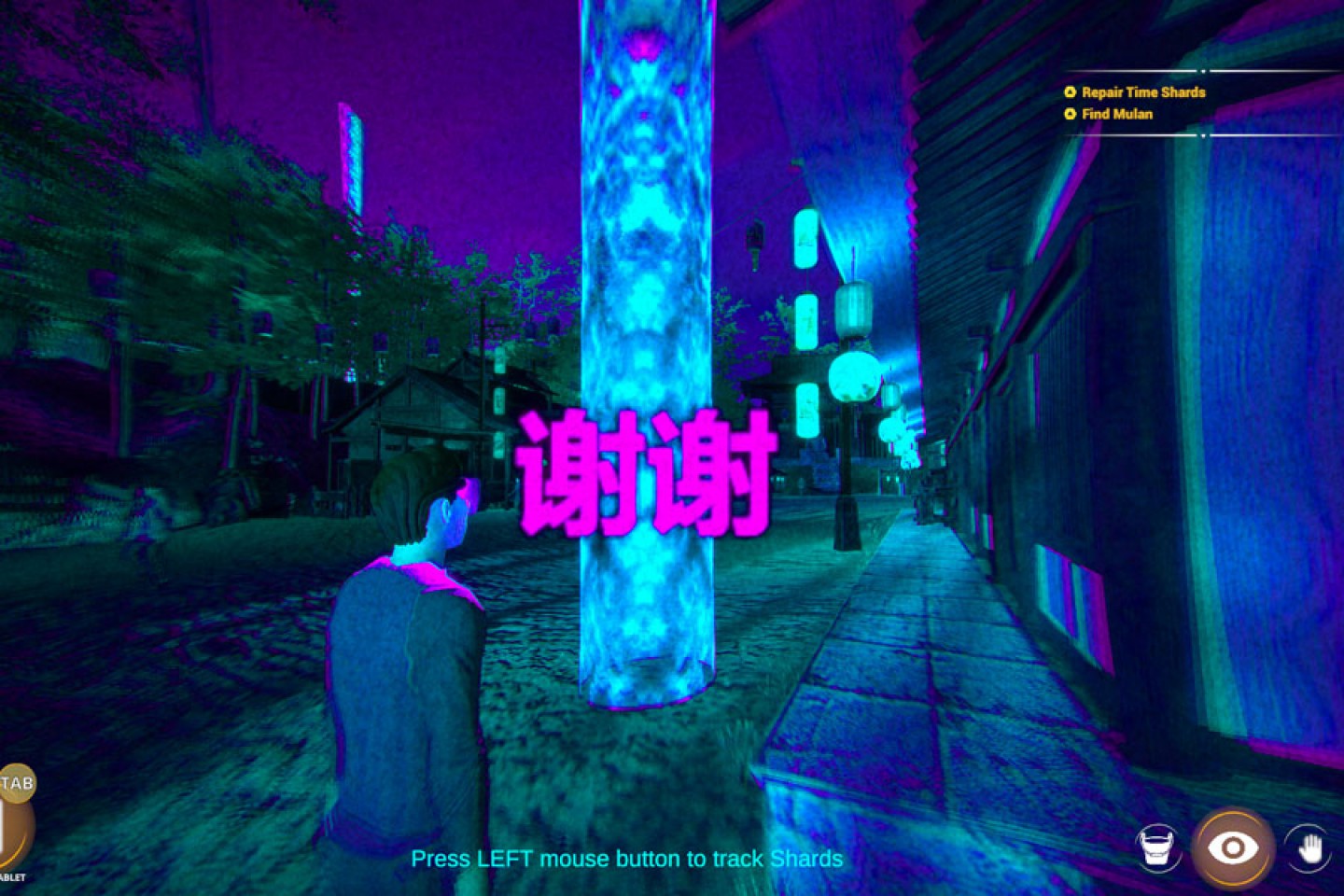
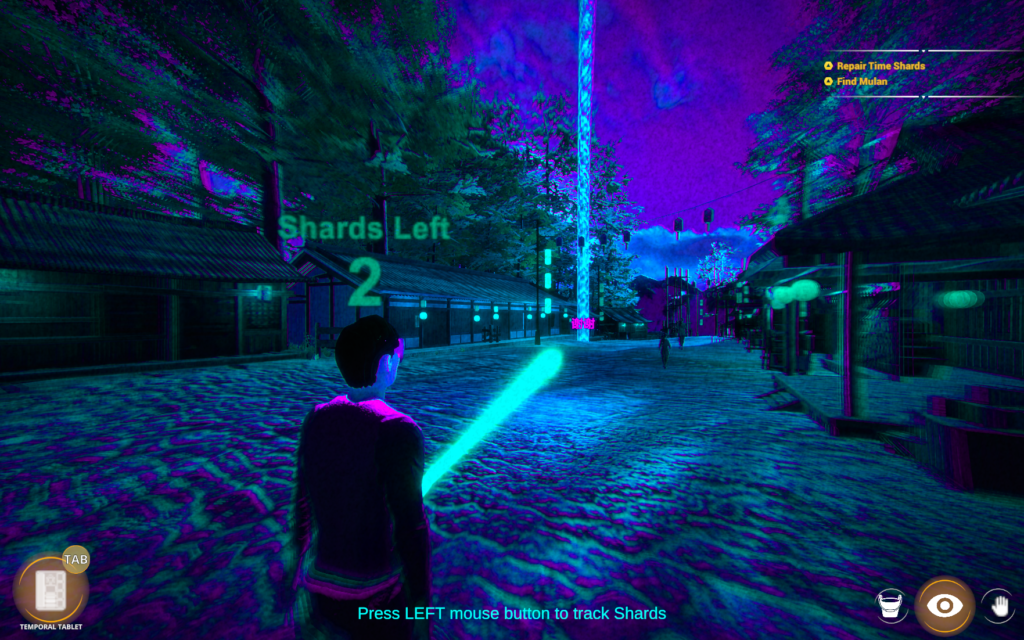
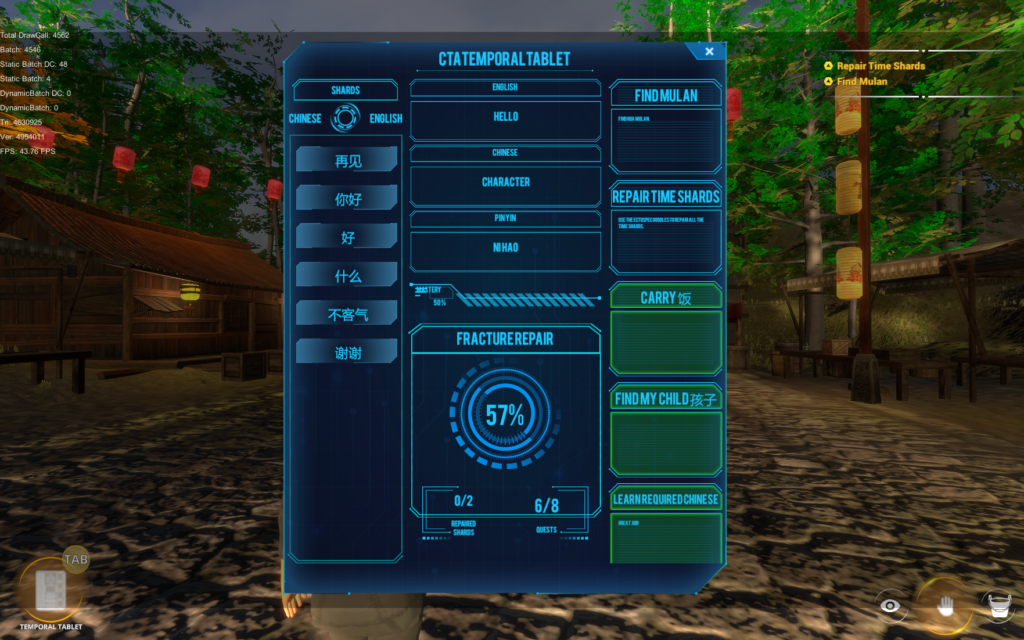
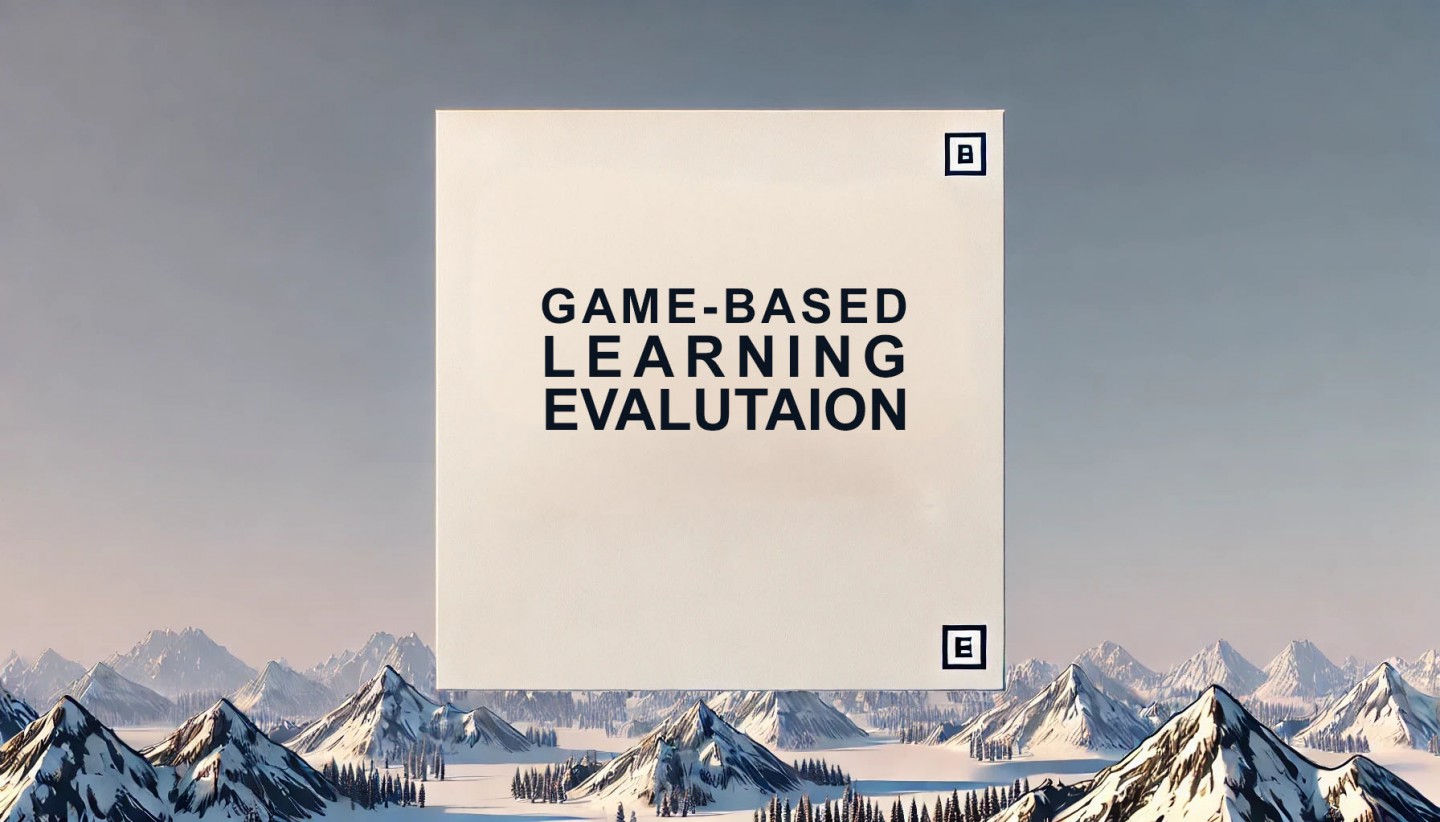
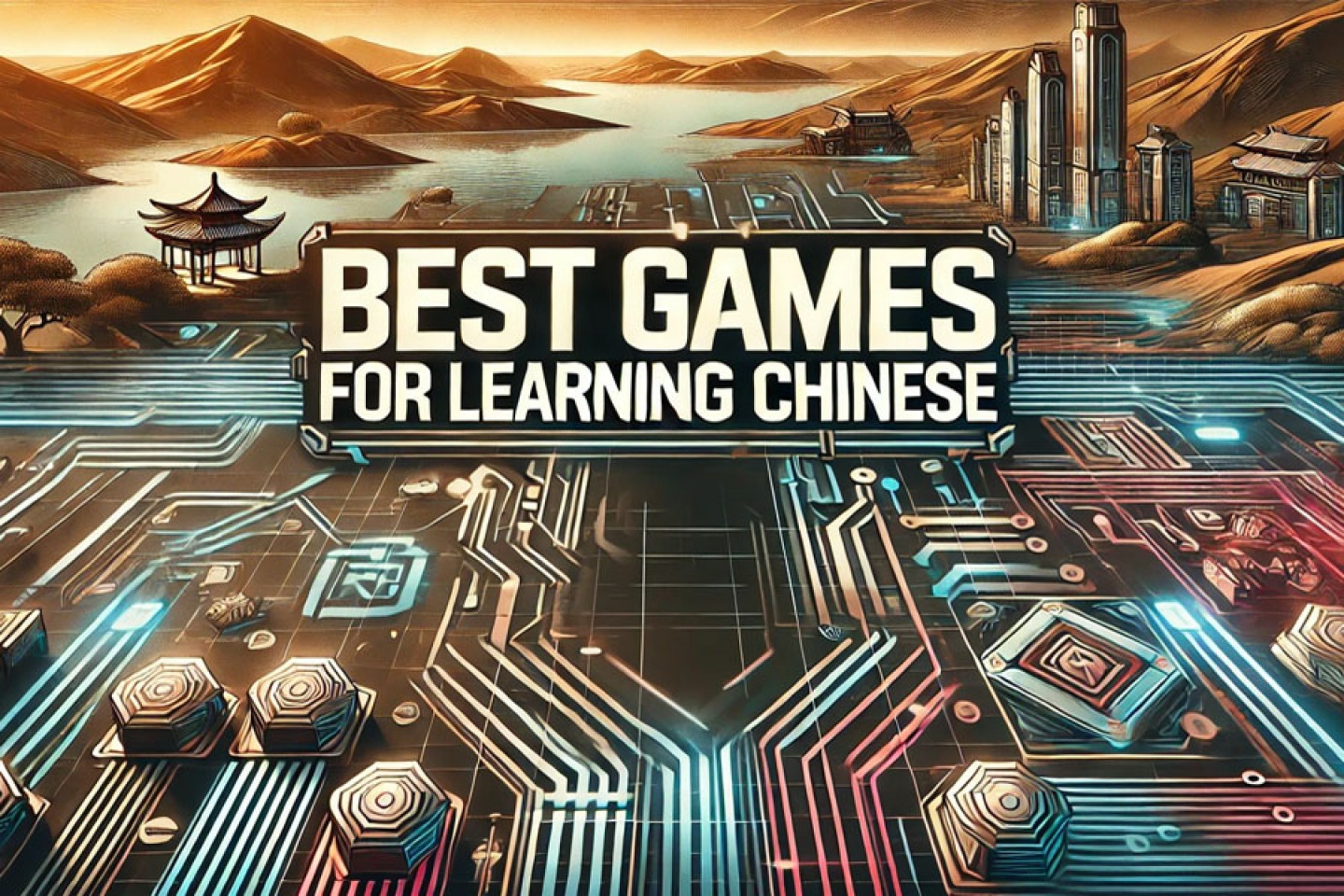
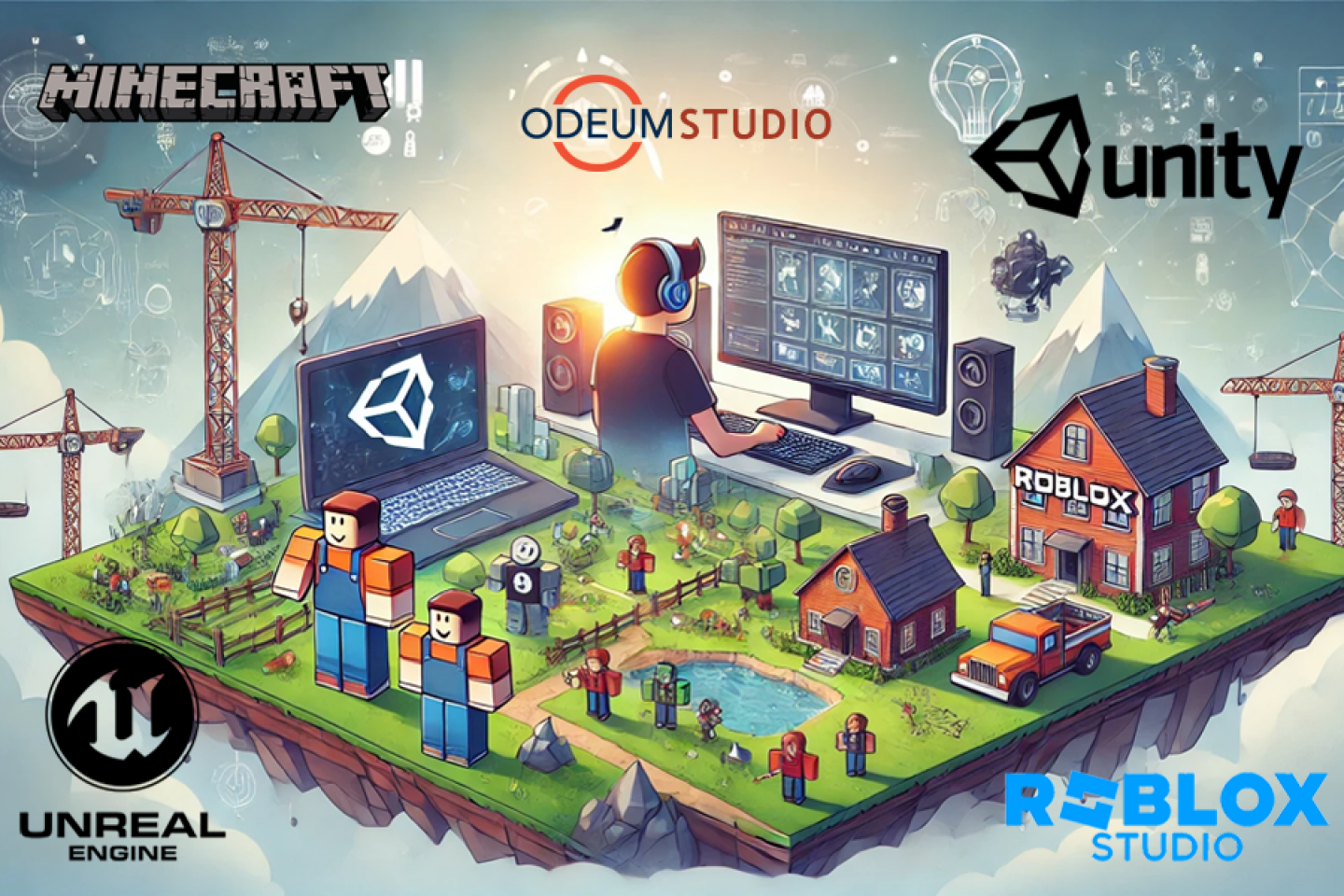


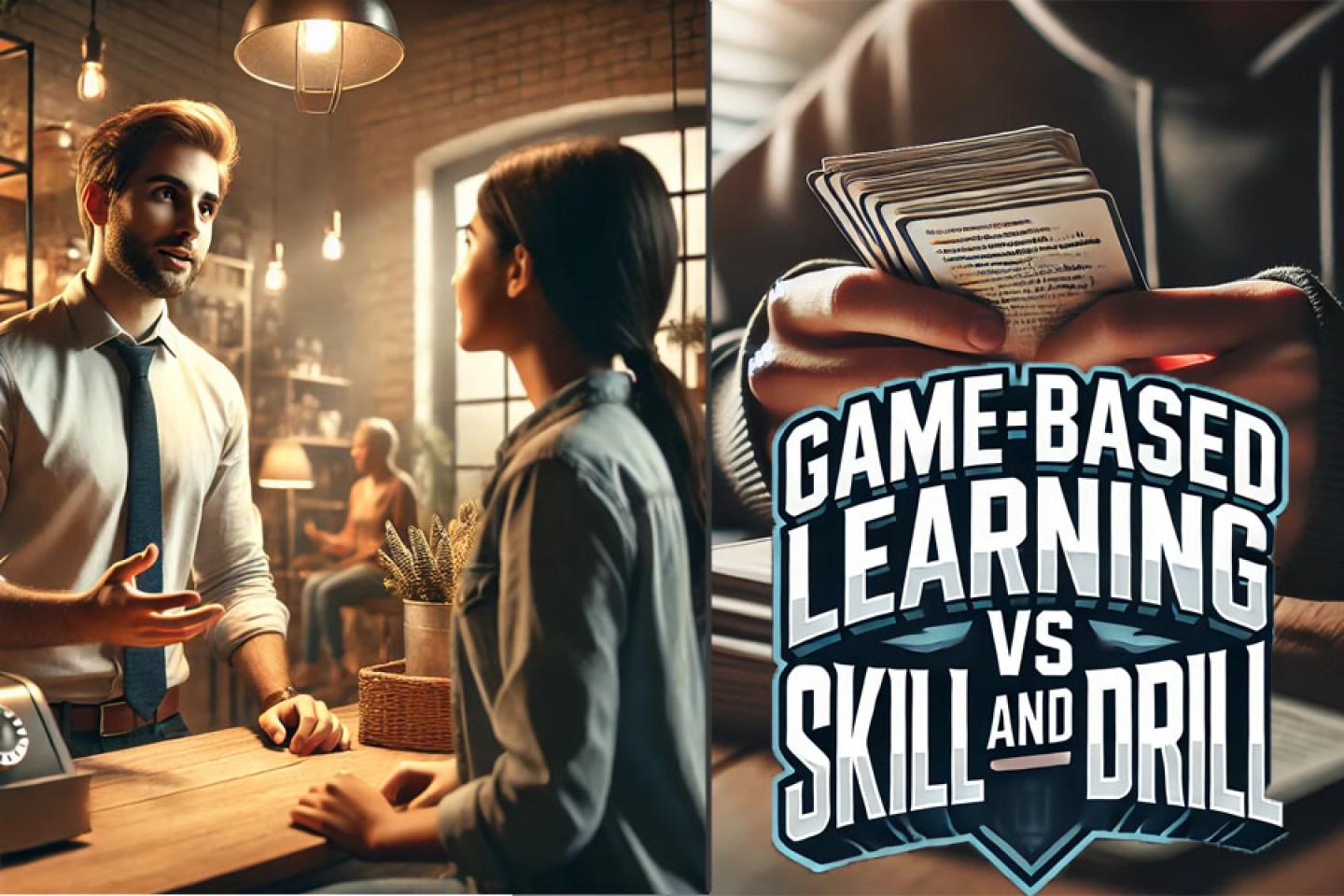
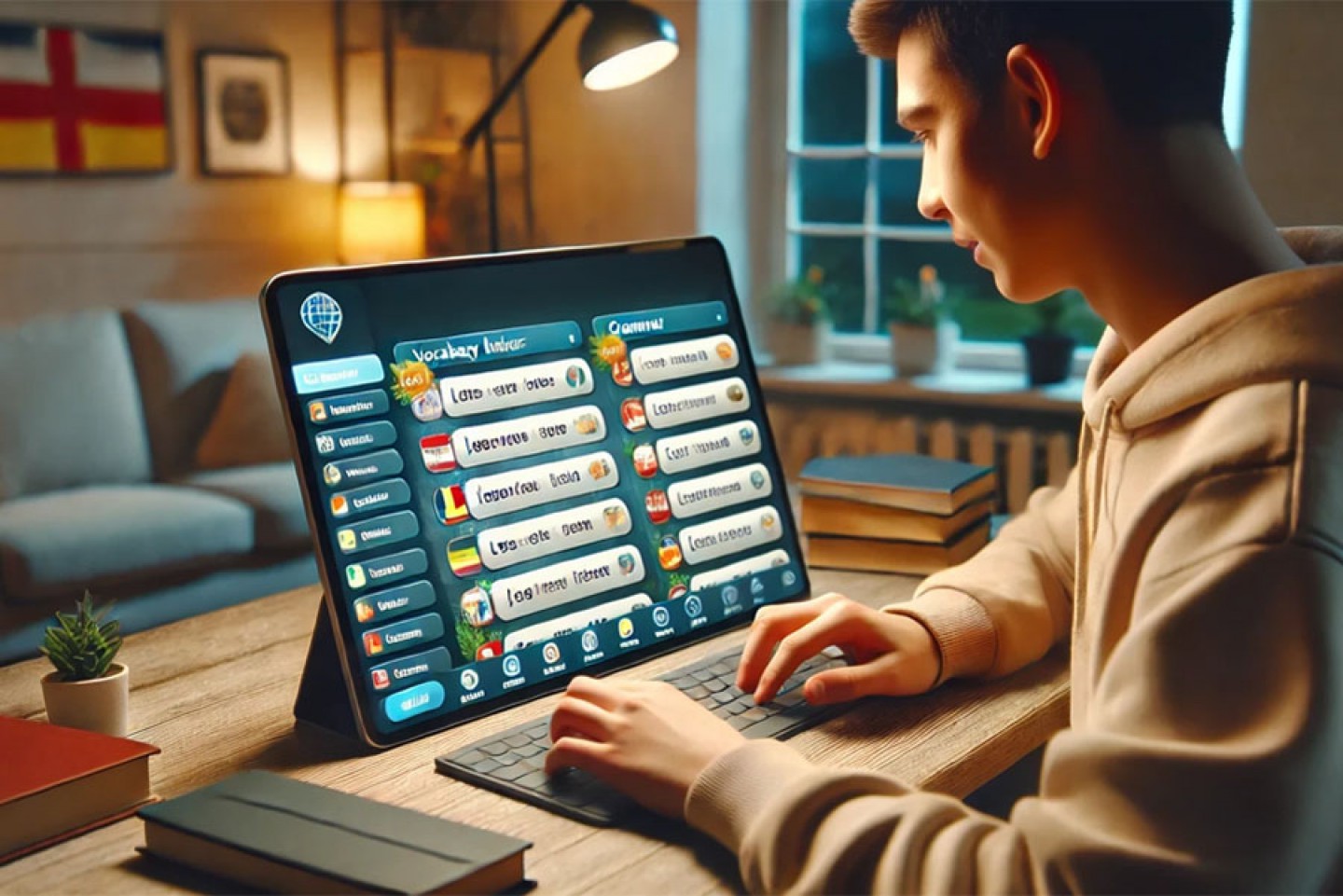



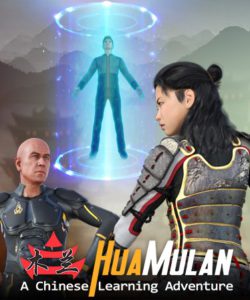
Recent Comments